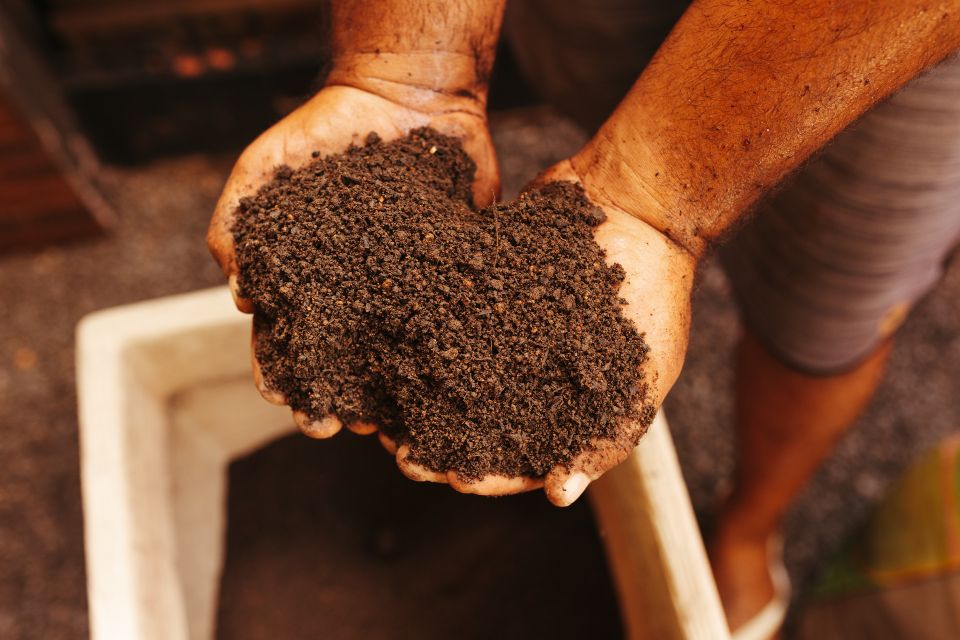Soil modification plays a critical role in many construction projects, offering improved soil characteristics and stability to support structures on a variety of terrains. Yet, for those just entering the field or exploring new construction methodologies, the concept of soil modification may pose several questions and concerns.
To address these queries and provide a thorough understanding of the topic, we present this Soil Modification 101 in a frequently asked questions format. This article will cover the basics of soil modification, clear up common misconceptions, and emphasize the importance of this crucial construction practice.
By gaining a comprehensive understanding of soil modification, you will be well-equipped to make informed decisions for your construction projects and ensure their long-term success and stability. So, join us as we dive into the essential world of soil modification and unravel the invaluable information this practice offers.
What is Soil Modification?Soil modification refers to the process of altering the physical or chemical properties of soil to improve its engineering characteristics and suitability for construction purposes. This practice aims to enhance the soil's load-bearing capacity, stability, and overall performance, ensuring that it meets the requirements of a given construction project. Soil modification can be accomplished through various techniques, including the addition of stabilizing agents, mechanical methods, and chemical treatments.
Why is Soil Modification Important?Soil modification is essential for several reasons, including:
-
Enhancing Soil Stability: Modifying the soil can improve its mechanical properties, such as shear strength and bearing capacity, making it more resistant to deformation and capable of supporting the loads imposed by structures built on it.
-
Reducing Settlement: By increasing soil strength and reducing compressibility, soil modification can minimize the potential for differential settlement, which can lead to structural damage or failure.
-
Moisture Control: Modifying the soil can help regulate moisture content, reducing its susceptibility to swelling, shrinking, or erosion due to changes in environmental conditions.
-
Expedited Construction: Soil modification can reduce the time required for construction by providing a stable and workable soil platform, eliminating the need for extensive excavation or the import of suitable fill materials.
-
Cost-Effective Solutions: When compared to the cost of importing new materials or undertaking deep excavations, soil modification can be a more budget-friendly solution, leveraging existing resources on the construction site.
Types of Soil Modification TechniquesSeveral soil modification techniques can be employed based on the specific soil conditions and construction requirements:
-
Mechanical Stabilization: This method involves physically blending soils or incorporating granular materials, such as crushed rock or sand, to improve their load-bearing capacity and workability. Examples of mechanical stabilization techniques include mixing, compaction, and soil blending.
-
Chemical Stabilization: Chemical stabilization involves the addition of chemical agents like lime, cement, or fly ash to the soil. These additives react with soil particles, altering their structure and overall engineering properties. Chemical stabilization can increase the soil's strength, reduce its permeability, and control its swelling potential.
-
Geosynthetics: Geosynthetics are synthetic materials used to reinforce or separate soils in various civil engineering applications. Geogrids, geotextiles, and geomembranes are examples of geosynthetics that can help distribute loads evenly, provide separation between different soil layers, and improve overall soil stability.
How to Determine the Appropriate Soil Modification TechniqueTo select the most suitable soil modification technique for your project, the following steps are essential:
-
Soil Investigation: Conduct a thorough geotechnical investigation to determine the soil characteristics at the construction site, including grain size distribution, Atterberg limits, and compaction characteristics.
-
Engineering Analysis: Evaluate the specific engineering requirements of the project, such as load-bearing capacity, settlement control, and resistance to environmental factors.
-
Feasibility Study: Assess the feasibility, cost-effectiveness, and potential environmental impacts of various soil modification techniques to determine the most appropriate method for the project.
-
Lab and Field Testing: Conduct laboratory tests and field trials to evaluate the effectiveness of the selected soil modification technique and monitor its performance during and after construction.
Common Questions Regarding Soil ModificationCan soil modification be applied to all types of soils?While soil modification can be used to improve a wide range of soil types, certain soils may present unique challenges and may require specialized techniques. A thorough geotechnical investigation is critical to identify the specific soil characteristics and select the most appropriate soil modification method.
How long does the soil modification process take?The duration of the soil modification process depends on factors such as the size of the project, the chosen technique, weather conditions, and the desired level of improvement. Depending on these factors, soil modification can take anywhere from a few days to several weeks or even months.
Are there environmental concerns associated with soil modification?Environmental concerns can arise from the use and disposal of certain chemical agents or geosynthetics used in the soil modification process. However, by properly assessing potential environmental impacts, employing best management practices, and adhering to relevant regulations, these concerns can be mitigated.
Understanding the basics and importance of soil modification enhances construction projects' success and stability, ensuring that the soil exhibits the required engineering properties and supports the load of structures built on it. By familiarizing yourself with the various techniques and considering the factors that impact soil modification, you can make informed decisions for your construction projects.
Unlock the Potential of Soil Modification with Terra-Firma Stabilization & ReclamationSoil modification offers numerous benefits, including improved stability, reduced settlement, moisture control, and cost-effective solutions to construction challenges. By understanding the basics and importance of soil modification, you can make informed decisions to ensure your project's success and stability.
Looking for reliable
soil modification solutions for your construction project? Look no further than Terra-Firma Stabilization & Reclamation! Our team of experienced professionals specializes in providing high-quality soil management solutions, including soil modification services tailored to your project's needs. With cutting-edge techniques and technology, we deliver exceptional results that meet the unique requirements of your construction site. Contact us today to schedule your consultation and experience the Terra-Firma difference.

